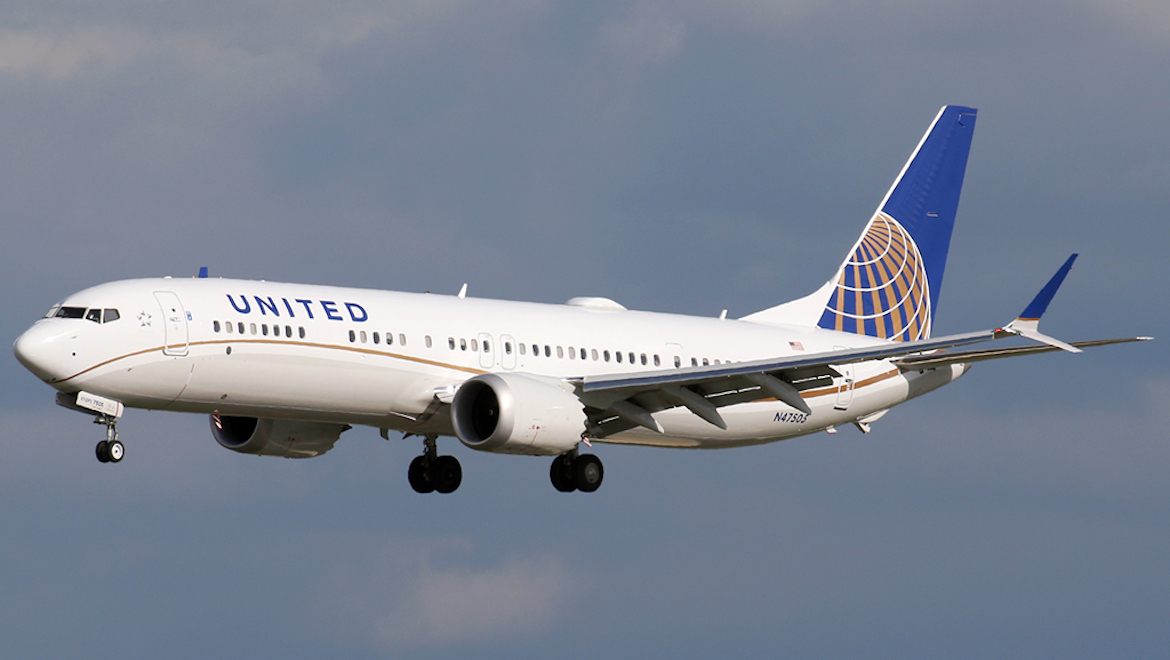
United Airlines posted a loss of $1.6 billion for the second quarter of the year, racking up the largest loss recorded in the company’s 94-year history.
For the three months ending 30 June, total operating revenue was down 87 per cent.
While the company admits it has been hard-hit by the coronavirus slump, it maintains it is well-positioned to recover from the crisis relative to its competitors.
“While this unprecedented crisis has been difficult for our team, we expect United produced fewer losses and lower cash burn in the second quarter than any of our large network competitors,” said chief executive Scott Kirby.
“We accomplished this by quickly and accurately forecasting the impact that COVID would have on passenger and cargo demand, accurately matching our schedule to that reduced demand, completing the largest debt financing deal in aviation history, and cutting expenses across our business.”
He added, “We believe this quick and aggressive action has positioned United to both survive the COVID crisis and capitalise on consumer demand when it sustainably returns.”
In a statement released 21 June, the company points to a reduced operating cost base (down 69 per cent), in addition to $3.2 billion in federal grants and and a $1.3 billion unsecured loan. As of Monday, these combined to give the airline a total liquidity of $15.2 billion.
While United hopes to bring cash burn rate down from the current figure of US$40 million to US$25 million per day, the Chicago-based company accepts that year-on-year demand is likely to remain suppressed until a vaccine is found.
“[United] expects demand to remain suppressed until the availability of a widely accepted treatment and/or vaccine for COVID-19,” the company said.










